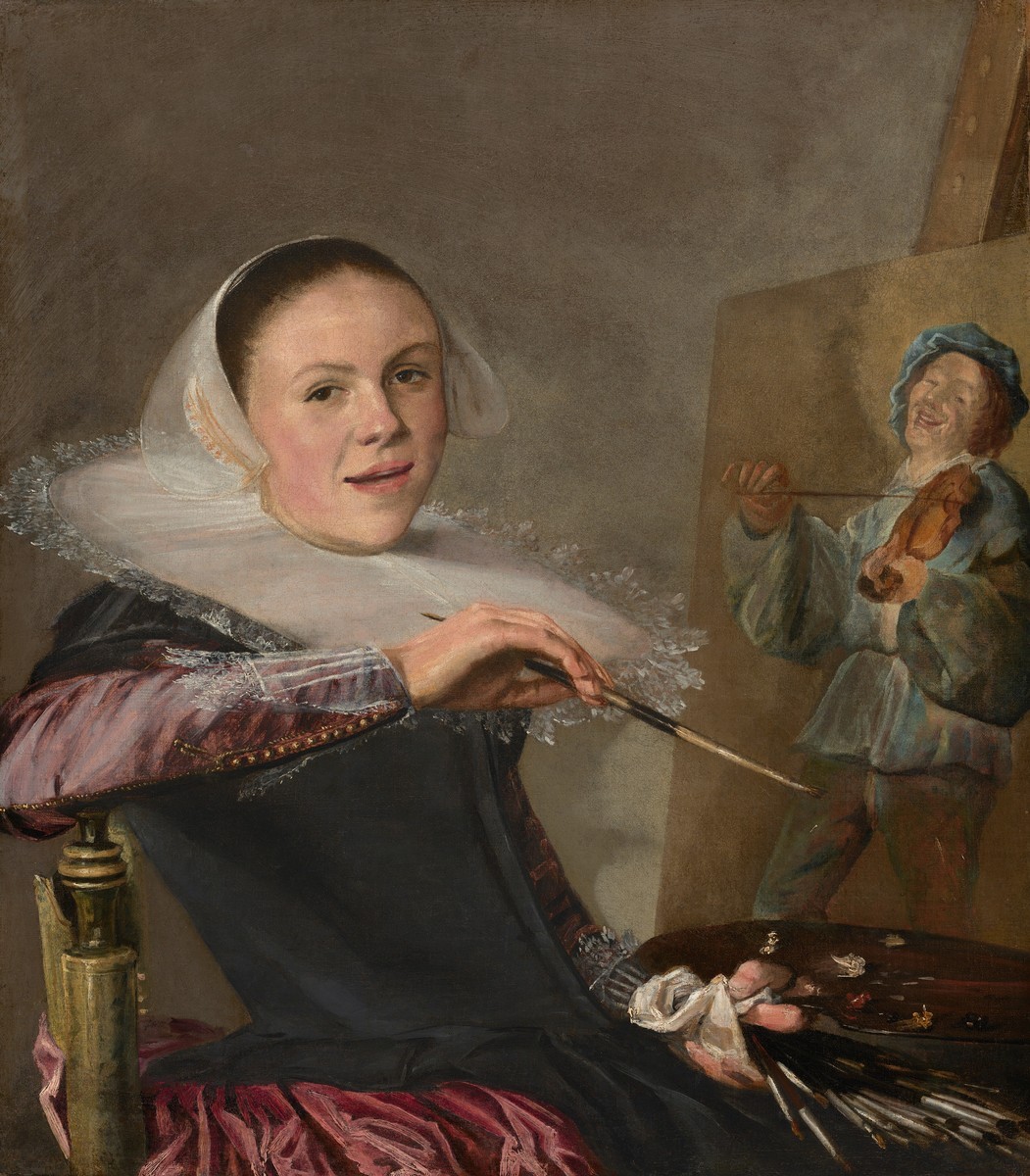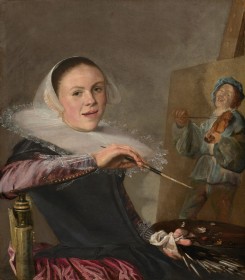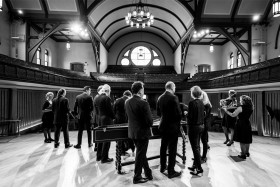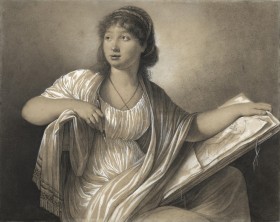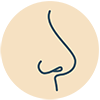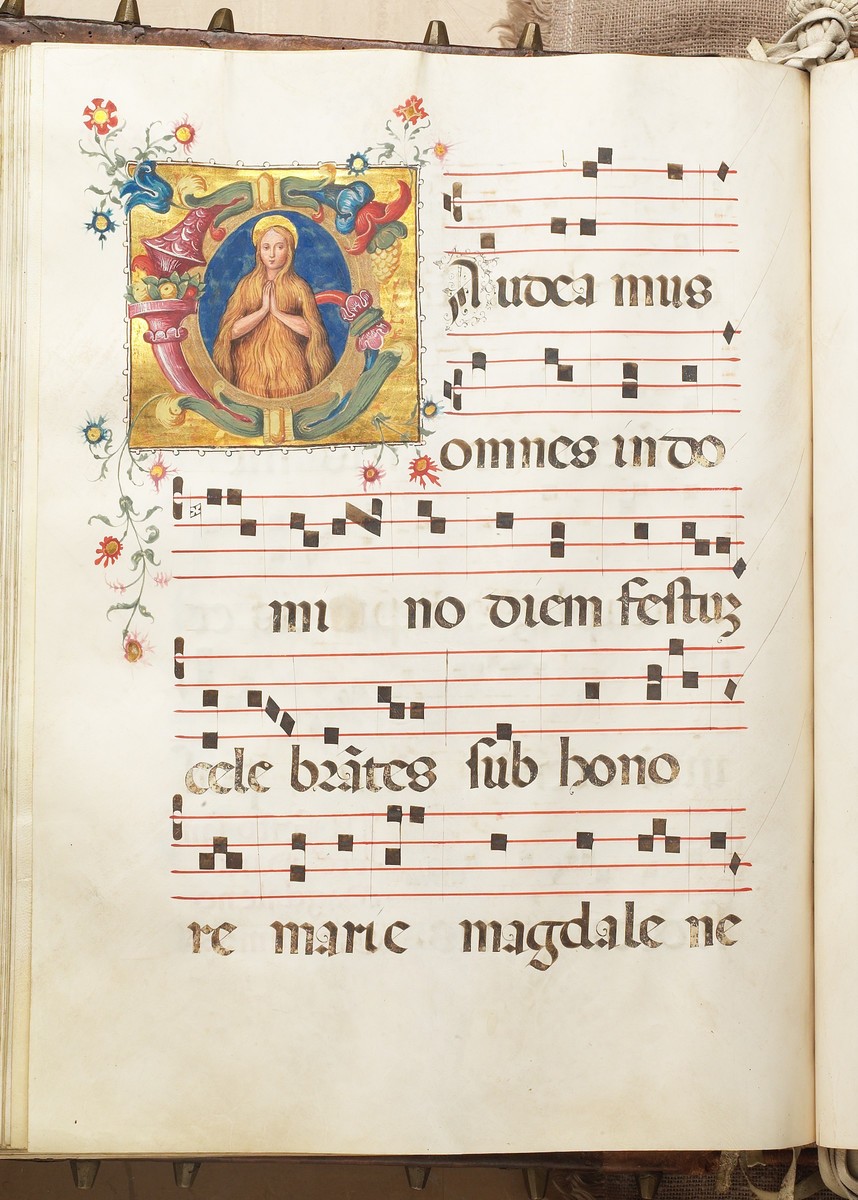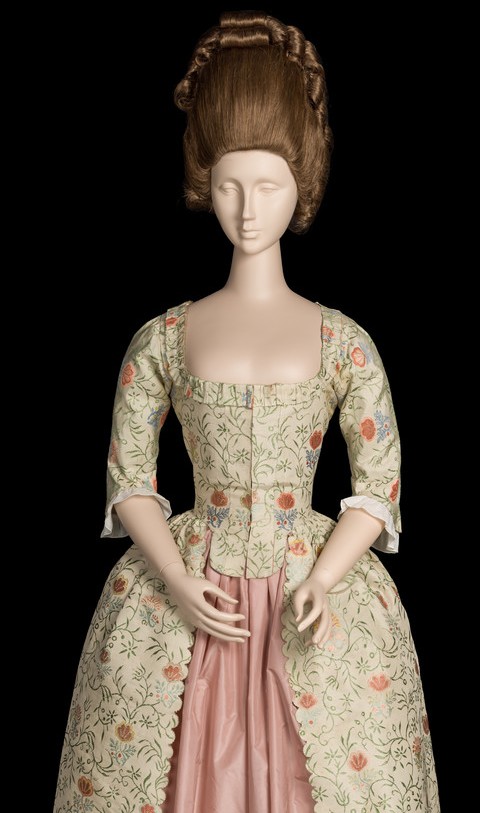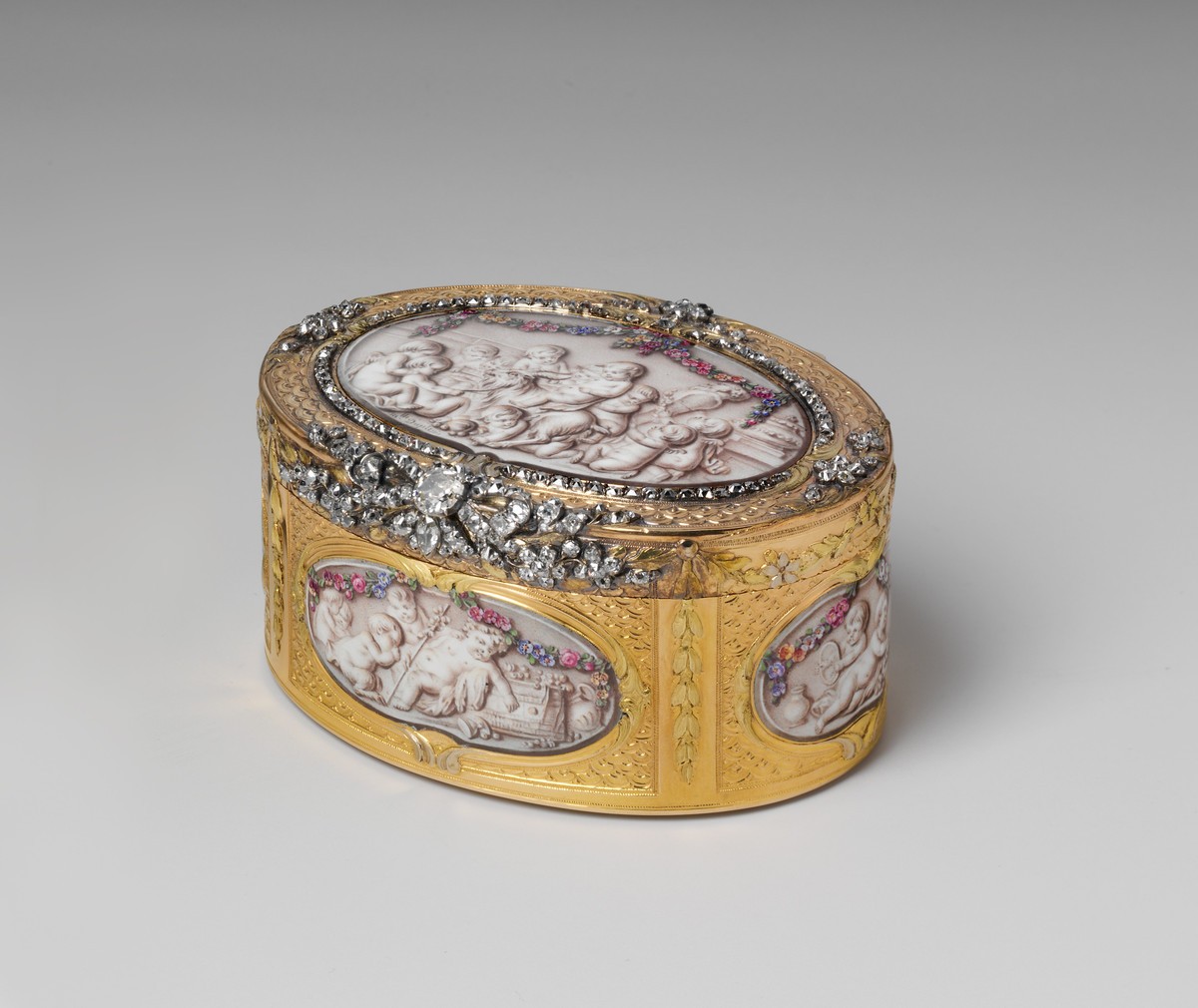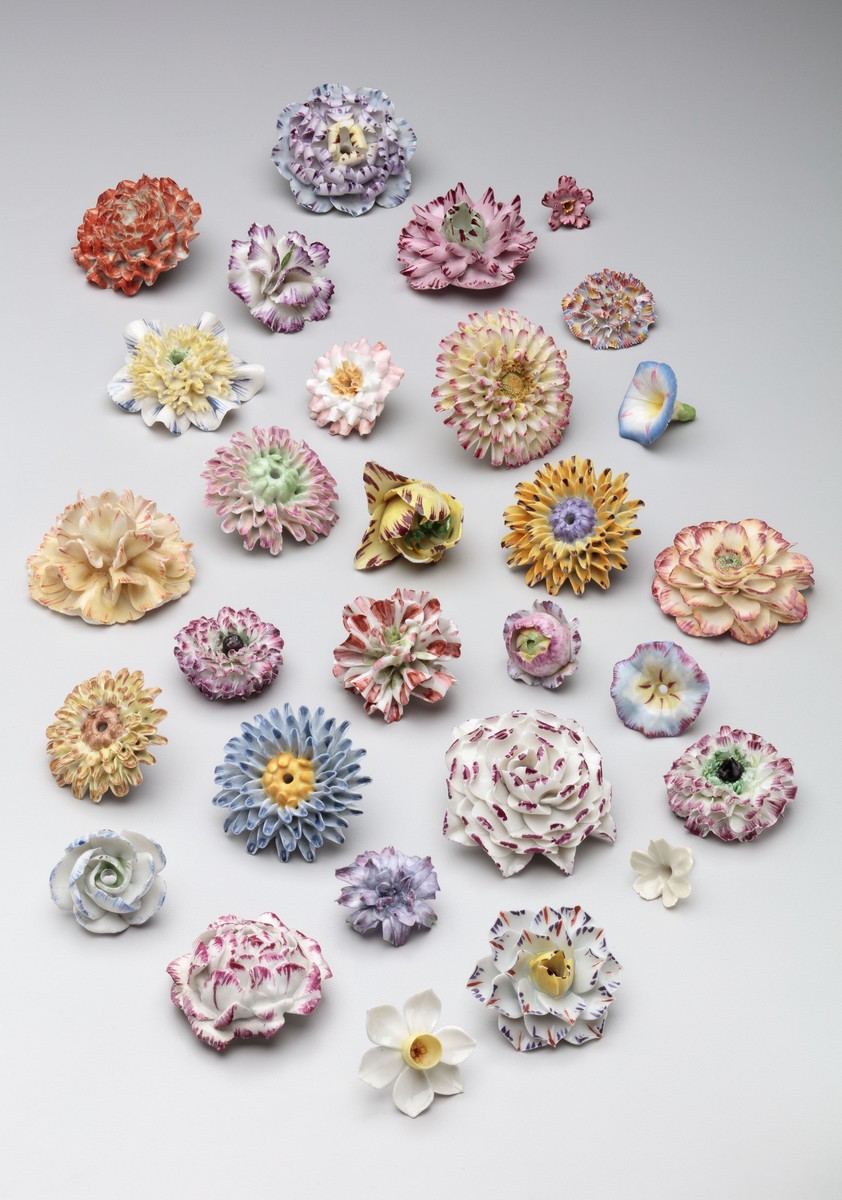McBride describes her concept behind creating the scents for this exhibition:
Making Her Mark features four original mixed-media compositions of natural essences and synthetic aroma molecules inspired by the objects. Given the volume of natural materials in the compositions, these scents will change and evolve over time, offering a different experience to visitors over the course of the exhibition.
These scents were not created to replicate the olfactory environment of the past. Rather, they allow visitors to participate in meaning-making through aromas that are more symbolically, rather than literally, expressive of the selected works and themes in the exhibition.
Each of the four scents created for Making Her Mark serves to disrupt binaries such as the sacred and the profane, desire and disgust, dirty and clean, virtue and vice, and the subjective characterization of “good” or “bad” smells. While the aromatic materials correspond to specific themes, visitors are encouraged to reflect on their own personal associations, lived experiences, or emotional responses to the scents.
About Melanie McBride
Dr. McBride is Toronto-based educator, researcher, and founder of the Aroma Inquiry Lab at Metropolitan University’s Responsive Ecologies Lab, which is the only aroma-focused learning environment in Canada. She has led master classes on aroma learning and developed original mixed-media compositions and olfactory learning objects for educational and cultural heritage projects. She studied natural perfumery with American perfumer Mandy Aftel.
Tactile Labels:
The artists and makers in this exhibition used a unique range of materials in their practices. Like scent, touch can evoke memories, improve learning, and help us understand the skill required to work with unusual materials. Touch is an important part of cognitive development and, of the five senses, provides the most accurate knowledge of an object. There are 4 tactile labels located throughout the exhibition. Look for this symbol as you move through the space:
